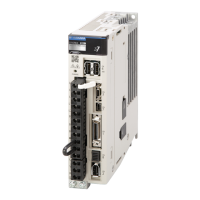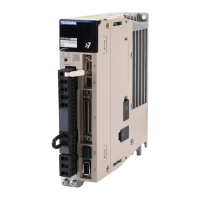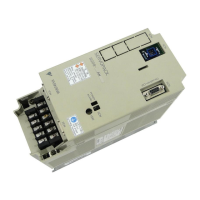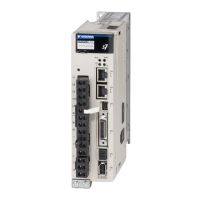5.1 Manipulating Parameters (Pn)
5.1.2 Notation for Parameters
5-4
Tuning Parameters
Normally the user does not need to set the tuning parameters individually.
Use the various SigmaWin+ tuning functions to set the related tuning parameters to increase the
response even further for the conditions of your machine. Refer to the following sections for details.
8.6 Autotuning without Host Reference
on page 8-23
8.7 Autotuning with a Host Reference
on page 8-34
8.8 Custom Tuning
on page 8-42
You can also set the tuning parameters individually to make adjustments. Refer to the following section
for details.
8.13 Manual Tuning
on page 8-79
5.1.2
Notation for Parameters
There are two types of notation used for parameters that depend on whether the parameter
requires a numeric setting (parameter for numeric setting) or requires the selection of a function
(parameter for selecting a function).
•
Parameters for Numeric Settings
Pn100
Speed Loop Gain
Setting Range
10 to 20,000 0.1 Hz 400 Immediately
Setting Unit Default Setting When Enabled
Classication
Tuning
(default setting)
Use the encoder according to encoder specications.
Use the encoder as an incremental encoder.
Use the encoder as a single-turn absolute encoder.
This is the setting range
for the parameter.
Parameter
number
This column explains the
selections for the function.
This is the
parameter setting
before shipment.
This is when any
change made to the
parameter will
become effective.
This is the parameter
classication.
This is the minimum
unit (setting increment)
that you can set for
the parameter.
Parameter Meaning When Enabled Classication
Pn002
n.
0
After restart Setup
n.1
n.2
Parameter
number
The notation “n.” indicates a parameter for selecting functions.
Each
indicates the setting for one digit.
The notation shown here means that the third digit from the right is set to 2.
The following format is used to show the individual bits
of a parameter setting: b.
.
The individual bits of a parameter setting have specific meanings, but you
cannot set the bits individually. The individual bits must be converted to a
hexadecimal value to set a parameter.
Refer to the following section for details on settings.
•
Parameters for Selecting Functions
15.1.2 List of Parameters on page 15-3

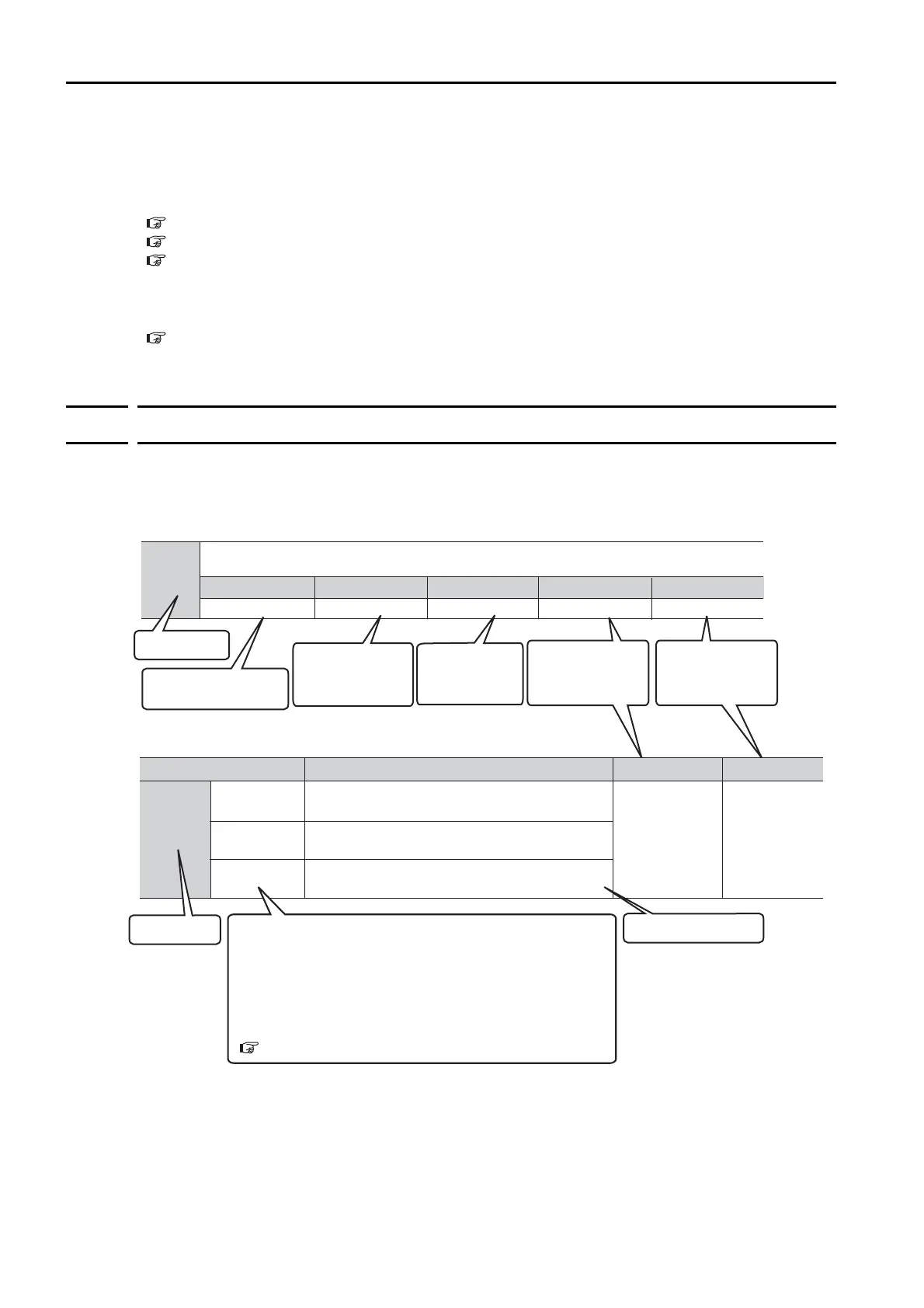